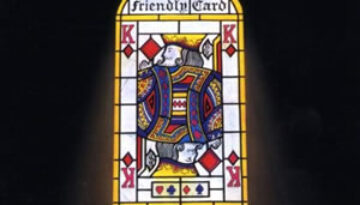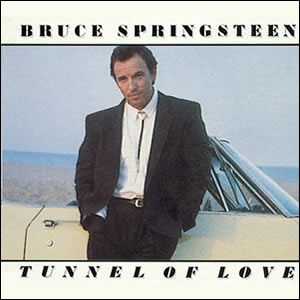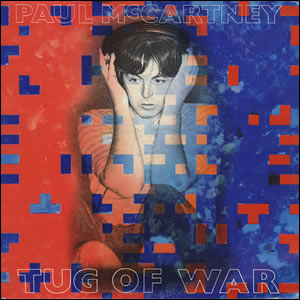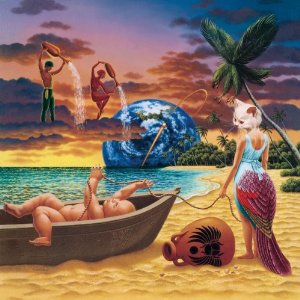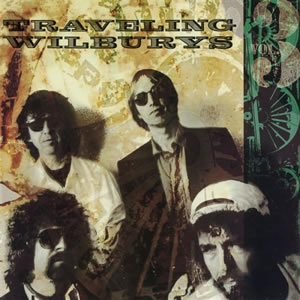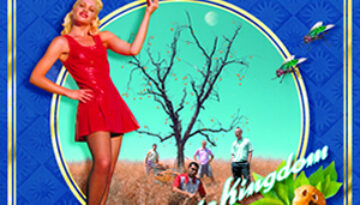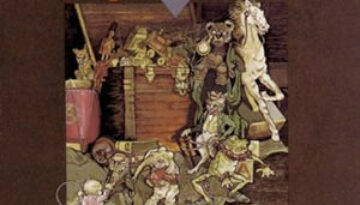Turn of a Friendly Card
by Alan Parsons Project
Buy Turn of a Friendly Card Alan Parsons Project produced one of their more accessible albums with, Turn of a Friendly Card, a quasi-concept record which concludes with a sixteen-minute-plus title suite. The […]

